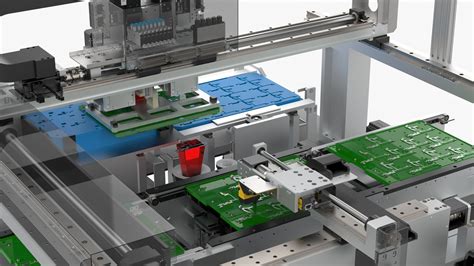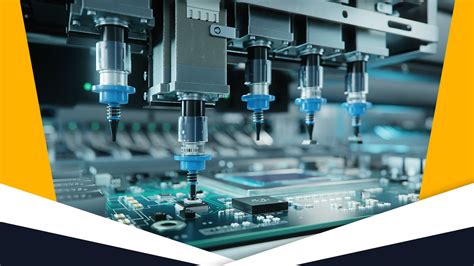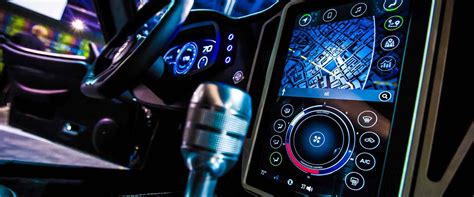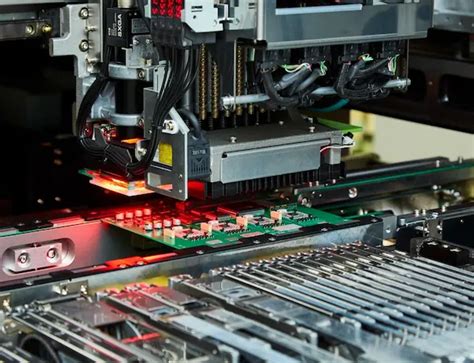Streamlining Production with Automated Circuit Board Assembly
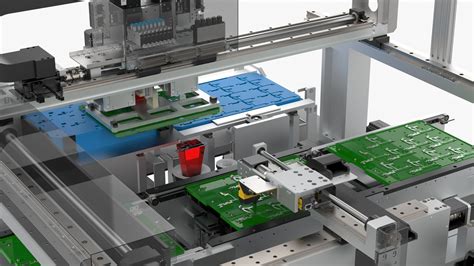
Key Takeaways
The transition to automated circuit board assembly has fundamentally transformed the landscape of manufacturing. By embracing these modern techniques, companies can significantly improve their pcb assembly processes, achieving higher levels of efficiency and precision. Automation not only streamlines workflows but also minimizes the risk of human error, which is crucial in the production of intricate electronic components.
One of the focal areas is the reduction in cycle times—machines equipped with advanced sensors and software can detect defects and adjust operations in real-time, ensuring that each pcba meets stringent quality standards without requiring extensive manual inspections. As a result, businesses experience reduced production downtime and increased throughput.
Another remarkable advantage is the cost-effectiveness brought about by automation. With less dependence on manual labor and a decrease in material waste due to precise placements and soldering techniques, organizations can allocate their resources into other critical areas for growth. The continuous development in this field promises even greater innovations ahead.
“Investing in automation for your circuit board assembly not only enhances production efficiency but also positions your company at the forefront of technological advances.”
In summary, understanding these key benefits allows manufacturers to remain competitive while paving the way for future advancements in automated technologies. Embracing change will ultimately lead to enhanced operational frameworks that meet today’s demanding market conditions.
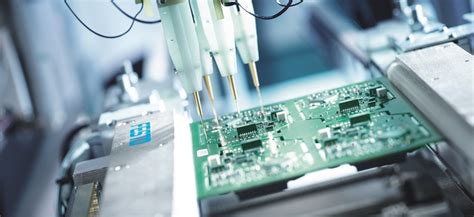
Introduction to Automated Circuit Board Assembly
The world of pcb assembly has been revolutionized by the introduction of automated circuit board assembly systems. These advanced technologies not only streamline production but also enhance efficiency and precision in the manufacturing process. By integrating robotics and sophisticated software, manufacturers can achieve a level of consistency that manual assembly cannot match. The automation of circuit board production, often referred to as pcba, allows for intricate designs to be accurately assembled at remarkable speeds, reducing the likelihood of human error. Furthermore, this technological shift fosters a more flexible manufacturing environment where companies can swiftly adapt to changing market demands without compromising on quality. As industries continue to adopt these innovative practices, the implications for reduced production costs and improved output rates become increasingly significant, paving the way for a more competitive landscape in electronic manufacturing.
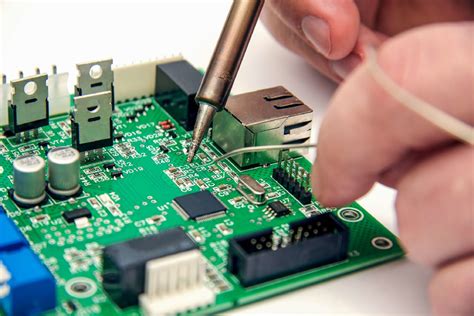
Key Techniques in Automated Assembly Processes
Automated pcb assembly processes have revolutionized the manufacturing sector, allowing companies to achieve higher levels of productivity and consistency. One of the primary techniques employed in pcba is Surface Mount Technology (SMT), which facilitates the mounting of components directly onto the surface of printed circuit boards, thus decreasing assembly time. Additionally, pick-and-place machines play a crucial role in this process by rapidly and accurately positioning components on boards with minimal human intervention. Another significant technique is automated inspection systems, which utilize advanced imaging technology to detect any discrepancies or defects in real-time, ensuring that quality control standards are met without interrupting the flow of production. Moreover, the use of robotic arms for advanced handling and sorting tasks has further streamlined operations by enabling smoother transitions between different stages of assembly. These innovative techniques not only increase efficiency but also enhance precision, allowing manufacturers to produce complex circuit boards with confidence that every piece meets stringent performance specifications. As industries continue to embrace these advancements in automation, understanding and implementing these techniques will be crucial for organizations aiming to stay competitive in an increasingly automated world.
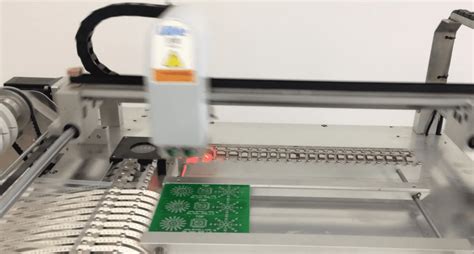
Enhancing Efficiency in Manufacturing through Automation
The integration of automated circuit board assembly (commonly referred to as pcb assembly) into manufacturing processes has fundamentally transformed the landscape of production. By leveraging advanced technologies, manufacturers can enhance operational efficiency and maintain high levels of precision. Automation in the pcba process reduces human error, which is often a significant source of inefficiency. With robotics and automated systems handling repetitive tasks, production lines experience less downtime, allowing for faster turnaround times.
Moreover, the integration of real-time monitoring systems ensures that any issues can be addressed promptly, minimizing disruptions. This level of responsiveness not only optimizes workflow but also improves overall product quality by ensuring that each board produced meets stringent specifications. As companies embrace these innovative techniques, they find themselves in a more competitive position, benefiting from reduced labor costs and increased output capacities. Ultimately, the journey towards fully automated pcb assembly represents a strategic shift that is essential for modern manufacturers aiming to thrive in an increasingly demanding market.
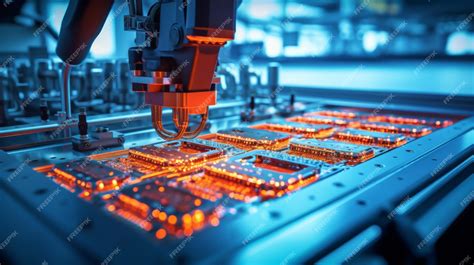
Precision Engineering: The Role of Automation in Circuit Board Production
In the realm of modern pcb assembly, precision engineering plays a critical role in achieving high-quality manufacturing outcomes. The incorporation of automated systems in pcba processes not only minimizes human error but also maximizes production efficiency. Automation technologies, such as advanced robotics and intelligent software, allow for meticulous placement of components, ensuring that each circuit board is manufactured to stringent specifications. This enhanced accuracy results in improved reliability and performance of electronic devices. Furthermore, automated inspections and real-time quality control measures are vital for maintaining the integrity of the pcb assembly process. By employing these innovative techniques, manufacturers can achieve a level of precision that is difficult to attain through manual methods, thereby elevating the overall quality standards in circuit board production. As the industry continues to evolve, embracing automation becomes essential for those seeking to remain competitive while delivering exceptional products.
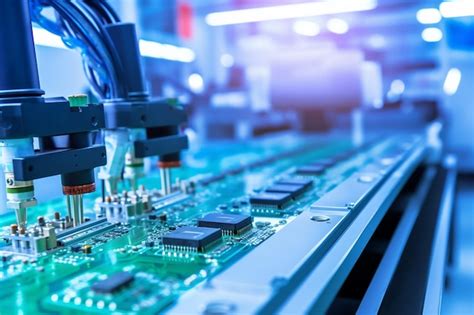
Cost Reduction Strategies through Automated Manufacturing
The implementation of automated circuit board assembly (or PCBA) has revolutionized manufacturing, particularly in terms of cost efficiency. By integrating automation into the production line, manufacturers can significantly reduce labor costs associated with manual labor and training. The precision of automated systems leads to a decrease in the number of errors during the pcb assembly process, which in turn minimizes waste and rework expenses. Moreover, the acceleration of production speeds allows for a higher output in shorter timeframes, enhancing overall productivity. This improved efficiency translates into lower operating costs, enabling manufacturers to offer competitive pricing without sacrificing quality. Investments in automated manufacturing technologies can be recouped over time through these cost-saving measures, making it a financially sound strategy that not only benefits the bottom line but also supports sustainable practices by reducing material consumption. As industries continue to embrace these advanced solutions, the potential for long-term savings and greater operational resilience becomes evident, marking a significant shift in how manufacturing processes are approached and executed.
Future Trends in Circuit Board Assembly Technology
As the landscape of pcb assembly continues to evolve, several promising trends are shaping the future of the industry. Among these, the integration of artificial intelligence (AI) and machine learning stands out as a transformative force, enabling manufacturers to optimize pcba processes through enhanced data analysis and predictive maintenance. This shift allows for real-time monitoring of production lines, reducing downtime and improving output quality. Additionally, advancements in robotics are streamlining operations by automating repetitive tasks with higher accuracy. The emergence of flexible manufacturing systems is another trend; these systems can quickly adapt to changing production requirements, thereby facilitating quicker responses to market demands without compromising quality. Furthermore, the push towards sustainability in manufacturing practices is driving innovations such as eco-friendly materials and energy-efficient machinery. These trends collectively pave the way for a more efficient, precise, and environmentally responsible future in automated circuit board assembly. As these technologies continue to mature, companies that invest in them stand to gain a competitive edge in an increasingly demanding market.
Case Studies: Successful Implementation of Automated Systems
To illustrate the tangible benefits of automated circuit board assembly (PCBA), several case studies highlight organizations that have successfully transformed their manufacturing processes. One notable example is a leading electronics manufacturer that adopted automated systems for their pcb assembly processes. By integrating advanced robotics and AI-driven machines, the company achieved a remarkable increase in production speed, reducing assembly time by over 40%. This shift not only streamlined operations but also significantly enhanced the precision of the assemblies, showcasing the critical role of automation in today’s fast-paced market. Another case study involves a startup that specializes in custom electronics, which leveraged automated circuit board assembly to lower labor costs while simultaneously improving product quality. By utilizing these automated systems, they were able to optimize their supply chain management and efficiently respond to customer demands. As these examples demonstrate, the successful implementation of PCB assembly automation not only addresses immediate production challenges but also sets a foundation for long-term growth and competitiveness in the ever-evolving landscape of electronics manufacturing. The insights gained from these implementations can serve as valuable lessons for other companies looking to enhance their operations through automation.
Conclusion: The Impact of Automation on the Manufacturing Landscape
The rise of automation in the manufacturing sector, particularly in pcb assembly or PCBA, has drastically transformed operational processes. This transition is marked by an increase in efficiency, accuracy, and consistency among production lines. By integrating advanced technologies such as robotic arms and intelligent software systems, manufacturers can streamline workflows that were previously time-consuming and labor-intensive. For example, the implementation of automated circuit board assembly helps to minimize human error while optimizing precision in component placement. As automation continues to evolve, it facilitates not only rapid production but also flexibility in managing diverse product lines. These enhancements contribute significantly to cost reduction strategies, enabling firms to allocate resources more effectively and respond adeptly to changing market demands. As we look to the future, innovations in circuit board assembly technology promise further advancements that will enhance the landscape of manufacturing even more profoundly. By harnessing the power of automation, manufacturers are poised to achieve unprecedented growth while ensuring high standards of quality and performance in their output.
Conclusion: The Impact of Automation on the Manufacturing Landscape
In conclusion, the integration of automated circuit board assembly has significantly transformed the landscape of manufacturing, particularly in terms of efficiency and precision. The world of pcb assembly has evolved, minimizing manual intervention and leveraging advanced technologies to enhance production speed and accuracy. By employing pcba methods, manufacturers can execute complex tasks with a level of consistency that manual processes cannot match. The deployment of automation technologies not only reduces labor costs but also mitigates errors associated with human handling, leading to higher quality outputs. Furthermore, the adaptability of automated systems allows for quicker response times to market demands and a reduction in lead times. As industries continue to innovate, the future trends in circuit board assembly technology, including machine learning and robotics, will pave the way for even more advanced solutions that can accommodate ever-changing production requirements. Ultimately, the impact of automation in this sector is profound—streamlining operations while supporting a sustainable manufacturing framework that benefits both companies and consumers alike.
FAQs
What is automated circuit board assembly?
Automated circuit board assembly, often abbreviated as PCBA, refers to the use of advanced machinery and technology to assemble electronic components onto printed circuit boards (PCBs). This process enhances the efficiency and accuracy of production, allowing for higher output rates compared to manual assembly.
How does automation improve PCB assembly?
Automation streamlines various aspects of pcb assembly, enabling faster placement of components with a high degree of precision. Machines programmed for specific tasks can operate continuously, reducing the time needed for each assembly cycle and minimizing human error in the process.
What are the benefits of using automated systems in PCBA?
Utilizing automated systems in pcba offers several key benefits, including reduced labor costs, increased production speed, and enhanced consistency in product quality. Furthermore, automation allows manufacturers to scale their operations effectively without compromising on quality.
Are there specific technologies used in automated circuit board assembly?
Yes, several innovative technologies are employed in automated circuit board assembly. These include pick-and-place machines for component placement, soldering machines for connection, and inspection systems that ensure quality control throughout the production process.
What future trends can we expect in PCB manufacturing automation?
The future of PCB manufacturing automation is expected to integrate more artificial intelligence and machine learning algorithms. These advancements will further enhance predictive maintenance capabilities and improve real-time monitoring of production lines, leading to smarter manufacturing processes.

